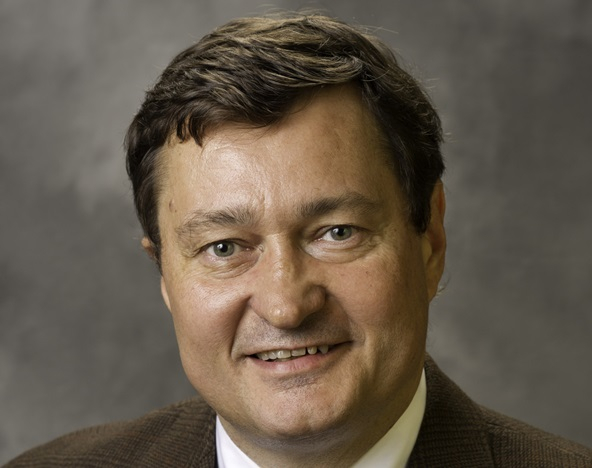New analysis by the Center for Urban Research and Education (CURE) at Rutgers–Camden and The Century Foundation (TCF) reveals that concentrated poverty has increased by 50 percent since 2000, and more than 11 million Americans now reside in neighborhoods where at least two in every five households live below the poverty line.

Authored by Paul A. Jargowsky, a professor of public policy and CURE director at Rutgers–Camden, the new report, “Concentration of Poverty in the New Millennium,” is the first to compare the 2000 census data with the 2007-11 American Community Survey (ACS). The report reveals the extent to which concentrated poverty has returned to and, in some ways exceeded, the previous peak level of 1990.
Concentrated poverty is defined as census tracts where more than 40 percent of households live below the federal poverty threshold, currently set at approximately $23,000 per year for a family of four.
“In the USA, there are now more census tracts of concentrated poverty than have ever been recorded before, resulting in more than 11 million Americans – or 4 percent of the population – living in severely distressed neighborhoods,” says Jargowsky, a TCF fellow.
He adds that the increase in concentrated poverty was highest in the Midwest, which experienced a 132 percent increase in the number of people living in high-poverty neighborhoods, to 2.7 million, followed by the South, which suffered a 66 percent increase, to 4.6 million.
“Overall, the proportion of high-poverty neighborhoods dominated by a single racial or ethnic group has dropped from two-thirds in 1990, to 50 percent in 2007-11,” says Jargowsky. “Meanwhile, the number of non-Hispanic white people living in high-poverty neighborhoods more than doubled between 2000 and 2007-11 – from 1.4 million to 2.9 million – a larger percentage change than any other racial or ethnic group.”
Jargowsky notes that concentrated poverty continues to affect black and Hispanic communities disproportionately, with these populations together comprising 67 percent of the 11 million Americans living in high-poverty neighborhoods.
The Century Foundation/CURE report further reveals that the most significant increases in concentrated poverty occurred not in the major cities, but rather in small to mid-sized metropolitan areas.
“The data reveals that metropolitan areas with less than one million people experienced a 75 percent increase in the number of high-poverty census tracts,” says Jargowsky.
The study shows that the increase in the number of high-poverty neighborhoods was even more acute in metropolitan areas with a population of 250,000 to 500,000, such as Flint, Mich., Wilmington, N.C., Peoria, Ill., and Mobile, Ala., where the number of people living in concentrated poverty more than doubled, increasing by 113 percent.
Founded in 2001, the Center for Urban Research and Education at Rutgers–Camden aims to encourage, facilitate, and promote research on urban issues by Rutgers-Camden faculty and their collaborators around the nation. The research center’s monthly seminars, held in conjunction with Rutgers–Camden’s Office of Civic Engagement, provide members and affiliates with opportunities to learn about cutting-edge research and initiatives from scholars, community activists, and others engaged in urban research and/or urban change.
The Century Foundation is a non-partisan think tank that delivers groundbreaking policy solutions from the best and most transformative progressive thinkers.